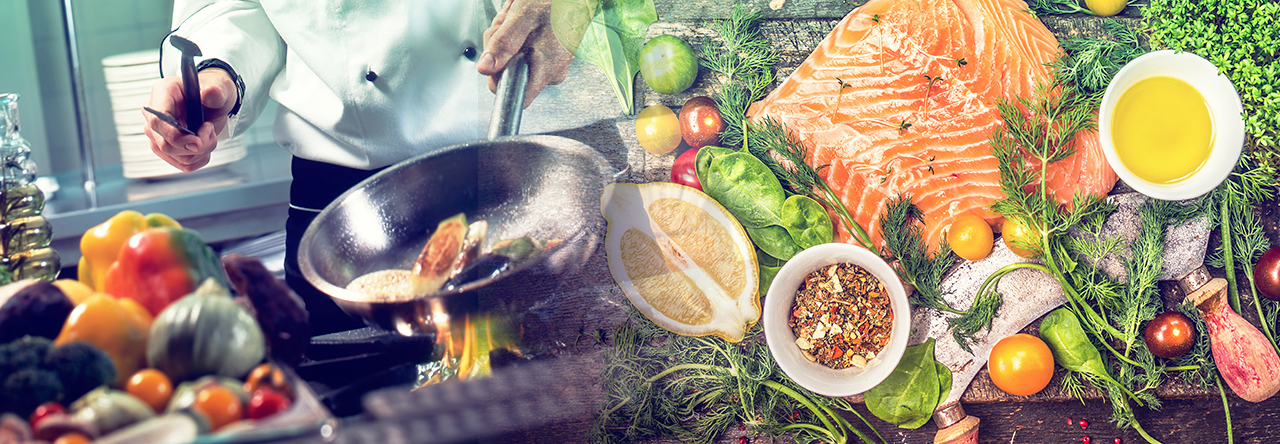I had a birthday recently so I thought I would share recipes for some of my very favorite foods with you.
- Roasted Tomatillo Salsa
- Gazpacho
- Swiss Chard Pesto
Green Salsa (Salsa Verde)
I absolutely love salsa verde and I can’t believe that I never tried to make it for myself until recently. It’s easy, saves money, and you can make it without all the sodium that is present in commercial products.
Salsa verde starts with tomatillos, an ingredient you might not have used before. Tomatillos look like green tomatoes but they are actually related to the gooseberry. To clean them just hold the tomatillo under warm running water and pull off the husk. They tend to be a bit sticky so this helps to wash the stickiness away, too.
![IMG_0906[1]](https://whatscookingcgh.files.wordpress.com/2016/08/img_09061.jpg?w=387&h=510)
Here’s what you’ll need to make approximately one quart of salsa:
- 1 1/2 – 2 lbs. tomatillos (I try to get them all about the same size so they will roast evenly)
- 1-2 jalapenos to taste; stems removed
- 3 cloves of garlic, unpeeled
- 1 white onion, cut into quarters
- Salt and pepper to taste
Everything goes on a sheet pan. I covered my pan with non stick foil.
![IMG_0942[1]](https://whatscookingcgh.files.wordpress.com/2016/08/img_09421.jpg?w=380&h=501)
Preheat your broiler to high and move the rack to the highest position so that the vegetables are only 2-3 inches away from the heat. Broil for about 15 minutes, turning everything over halfway through. You want some roasted black spots on everything but the garlic. The tomatillos will soften and change color. I usually babysit closely in the last few minutes; removing what looks done and returning the rest to the broiler until everything is done. The garlic cloves need to be removed from their skins (just cut off one end and squeeze) and then everything goes right into the blender.
![IMG_0943[1]](https://whatscookingcgh.files.wordpress.com/2016/08/img_09431.jpg?w=279&h=370)
![IMG_0909[1]](https://whatscookingcgh.files.wordpress.com/2016/08/img_09091.jpg?w=277&h=365)
Use the “grind” or “chop” setting on your blender to keep some texture and blend just until there are no large pieces left. At this point you can add some salt, pepper if desired, and sometimes I add the juice of a lime.
Green salsa is great for serving with tortilla chips or as a topping for enchiladas and grilled meats. Try stirring some into mashed avocado for a different kind of guacamole, too.
Gazpacho
This a perfect time of year to make this cold soup that features the ripest tomatoes from the garden. I started with this recipe for Classic Andalusian Gazpacho from Epicurious. While the addition of cucumber is not necessary I had one so I threw it in. Since I planned to freeze a portion of this soup I did not add the bread but I can do that before I serve it. I also did not add the oil or strain the solids from the soup.
![IMG_0939[1]](https://whatscookingcgh.files.wordpress.com/2016/08/img_09391.jpg?w=225&h=300)
![IMG_0940[1]](https://whatscookingcgh.files.wordpress.com/2016/08/img_09401.jpg?w=225&h=300)
This couldn’t be any easier. There is absolutely no cooking involved. Just some chopping, blending, chilling, and you’ve got a refreshing warm weather meal.
Swiss Chard Pesto
A classic pesto consists of basil, garlic, lemon juice, olive oil, pine nuts, and grated parmesan cheese. I grow basil every summer and this is my absolute favorite way to use it. There are many variations. I’ve made pesto with baby spinach, artichoke and olives, sun dried tomatoes, etc. Since I have quite a bit of chard in the garden this year I’ve made this version several times. Here is my recipe:
- 6-8 large leaves Swiss chard, stems removed
- 1/2 cup basil leaves
- 1/4 cup toasted pine nuts (almonds, pecans, or walnuts may also be used)
- 1/4 cup grated parmesan (I substitute nutritional yeast to make this vegan)
- Pinch nutmeg
- 2 lemons, zested and juiced
- 1 clove garlic, grated on a rasp grater
- 1/4 cup extra-virgin olive oil (or use more water if avoiding oil)
- 1/4 cup water
- Freshly ground black pepper (to taste)
Cut chard into ribbons and steam for about 5 minutes. Removed from steamer and cool. Put the cooked chard, basil, nuts, cheese, nutmeg, lemon zest and juice, garlic, and water into food processor or personal blender and pulse until the mixture begins to break down and come together. Add olive oil to the mixture and pulse a few more time to blend. Season with salt and pepper.
Pesto has many uses. I made an awesome sandwich last week by spreading pesto on a baguette and topping with grilled vegetables and sliced fresh mozzarella. It’s good dribbled over sliced tomatoes and can be served hot, warm, or cold as pasta sauce or for dressing pasta salads. I also use it to flavor mashed potatoes.
All of these recipes are great ways to use summer produce and I think it’s no coincidence that some of my favorite foods taste best at the time of my summer birthday.


![IMG_0924[1]](https://whatscookingcgh.files.wordpress.com/2016/08/img_09241.jpg?w=411&h=542)
![IMG_0902[1]](https://whatscookingcgh.files.wordpress.com/2016/08/img_09021.jpg?w=292&h=386)
![IMG_0903[1]](https://whatscookingcgh.files.wordpress.com/2016/08/img_09031.jpg?w=292&h=385)
![IMG_0932[1]](https://whatscookingcgh.files.wordpress.com/2016/08/img_09321.jpg?w=258&h=196)
![IMG_0933[1]](https://whatscookingcgh.files.wordpress.com/2016/08/img_09331.jpg?w=175&h=231)
![IMG_0934[1]](https://whatscookingcgh.files.wordpress.com/2016/08/img_09341.jpg?w=267&h=352)
![IMG_0935[1]](https://whatscookingcgh.files.wordpress.com/2016/08/img_09351.jpg?w=268&h=353)
![IMG_0921[1]](https://whatscookingcgh.files.wordpress.com/2016/08/img_09211.jpg?w=371&h=489)
![IMG_0881[1]](https://whatscookingcgh.files.wordpress.com/2016/07/img_08811.jpg?w=465&h=616)
![IMG_0893[1]](https://whatscookingcgh.files.wordpress.com/2016/07/img_08931.jpg?w=295&h=394)
![IMG_0892[1]](https://whatscookingcgh.files.wordpress.com/2016/07/img_08921.jpg?w=294&h=392)
![IMG_0901[1]](https://whatscookingcgh.files.wordpress.com/2016/08/img_09011.jpg?w=336&h=443)
![IMG_0894[1]](https://whatscookingcgh.files.wordpress.com/2016/07/img_08941.jpg?w=296&h=392)
![IMG_0896[1]](https://whatscookingcgh.files.wordpress.com/2016/08/img_08961.jpg?w=297&h=392)